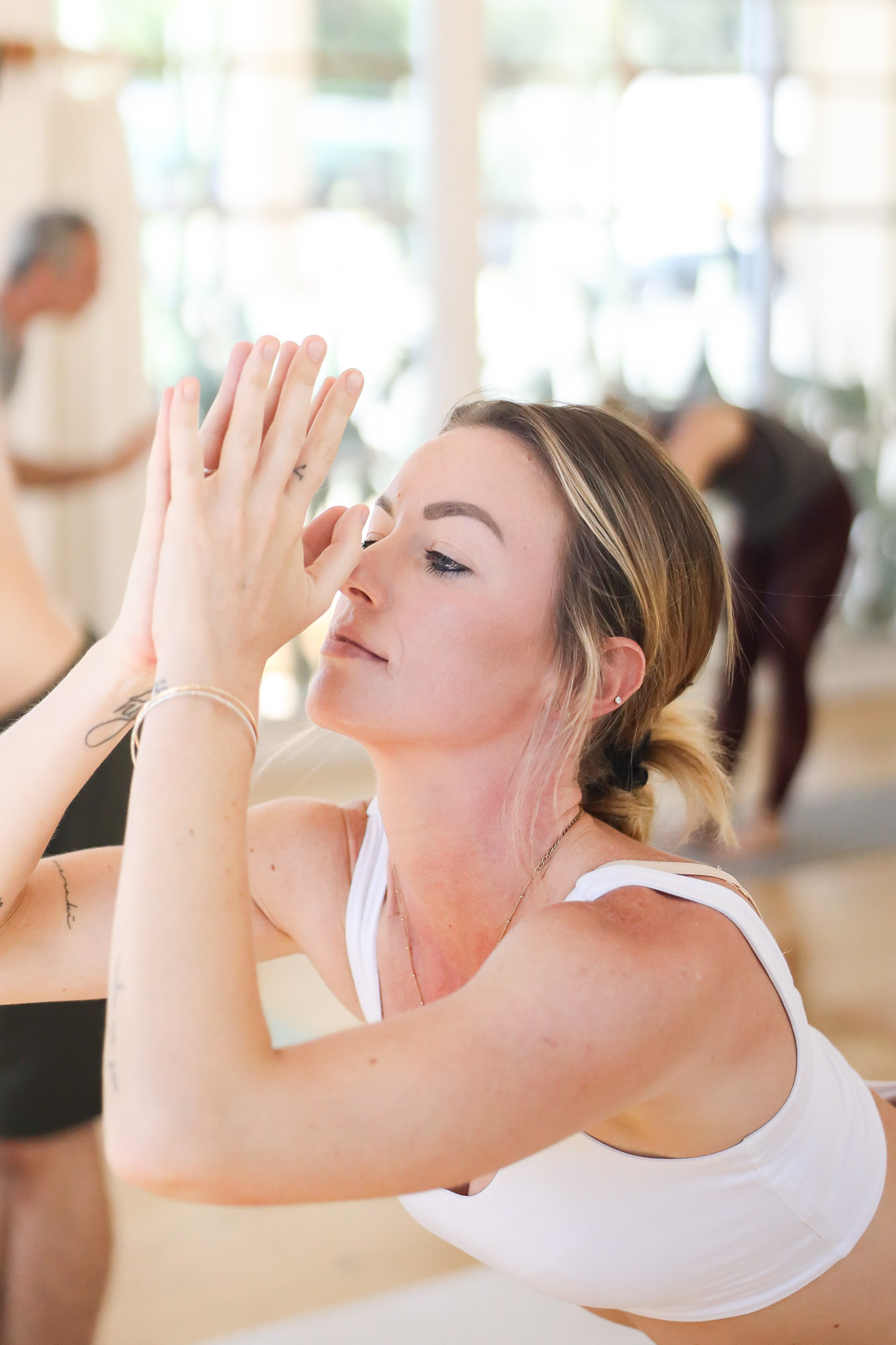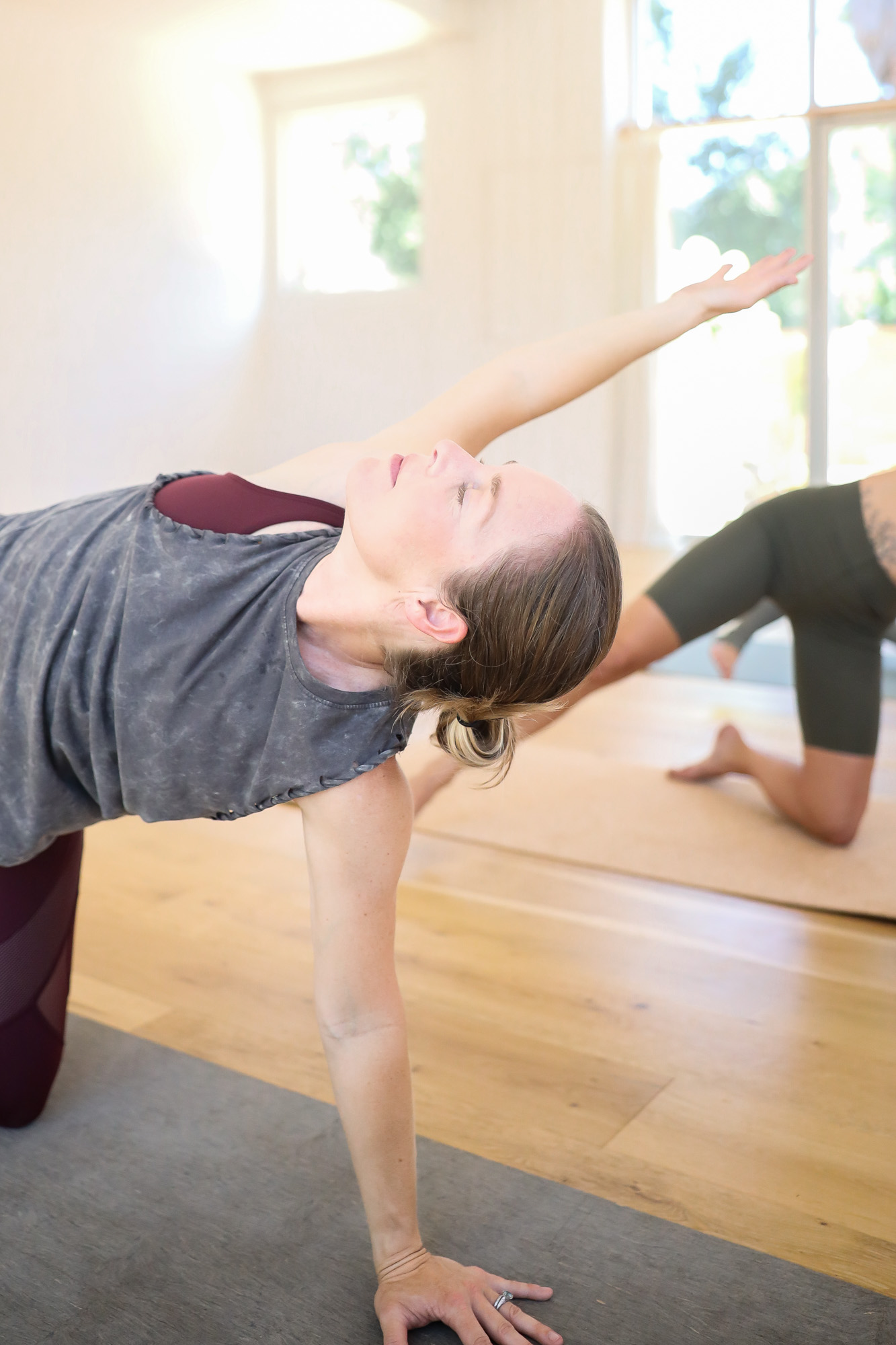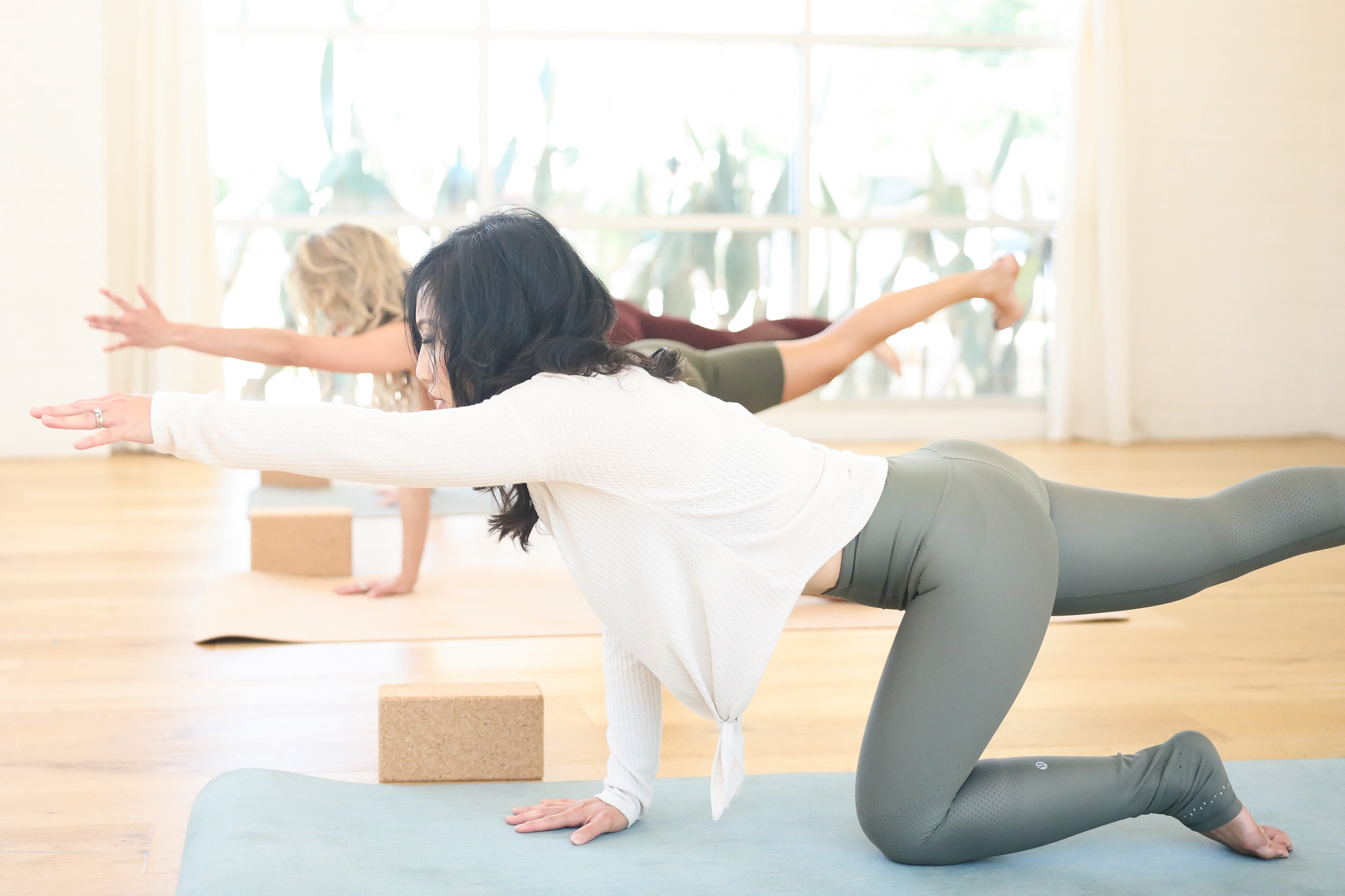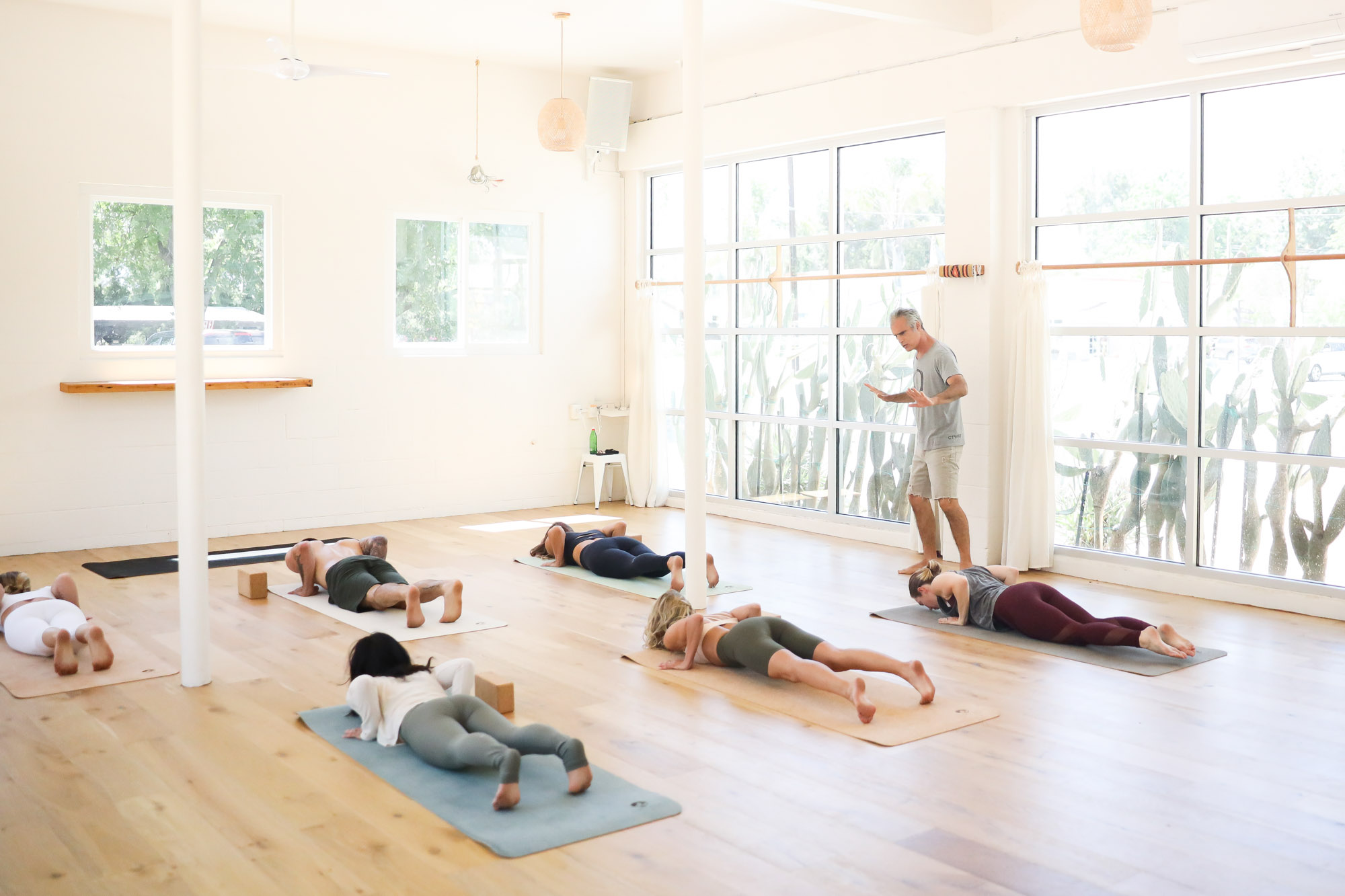Before class begins, your instructor may invite you to set an intention. It will guide your practice then lead you through the rest of your day. However, some students may practice for years without the guiding principles of intentions. More than ever before, authentic intentions are a powerful part of protecting you from the fear and anxiety so many are experiencing.
As you’re about to discover, an intention allows you to be present in the moment, to be fully aware both on the mat and off.
What is an intention?
An intention can be explained as the discipline of bringing awareness to a desired quality or virtue. An intention is called a “Sankalpa” in Sanskrit. It’s the union between “Kalpa” – the rule above all other rules – and “San” – a connection with the highest truth.
Depending on the context, the word “intention” can have different definitions: within the medical field, intention refers to “the healing process of a wound.” The word is derived from the Latin words intendere and intentio, which means “stretching” and “purpose”.
Within this context, setting an intention involves stretching yourself beyond your current limitations. According to Richard Miller, Ph.D., a clinical psychologist, and yoga instructor, there’s a three-step process for becoming aware of an intention:
1. Listen: Stop trying to search and have the courage and openness to listen and be still.
2. Welcome the message: Whatever pops up by feel completely in sync with where we are at in our lives but it may also depict where we can be. Sometimes this can be overwhelming. It’s important to just trust that our body and mind has its own inner wisdom.
3. A willingness to act: Once our true selves are revealed as having the courage to act on our intentions.
Your intention could include developing qualities such as gratitude, forgiveness, inner peace, being fully present, or awareness. An appropriate intention considering our current situation could be letting go of fear or embracing uncertainty.
Why intentions are important during a pandemic
When was the last time you checked in with yourself in light of the current times? Have you taken the time to ask yourself, “How am I doing?” Internal evaluation can lead you to the discovery of undesirable qualities: unrest, anger, or stress that’s leading to a toxic perspective.
Setting an intention is a deliberate choice to transform your being, to let go, and to make changes necessary for growth.
As we previously mentioned, setting an intention often requires you to stretch beyond your current state. You may need to develop strength in the face of fear and uncertainty. Or maybe you need to embrace a sense of peace in place of inner turmoil.
However, if you’ve been too critical of yourself or others, you may need to adopt a practice empathy, love, or forgiveness.
We can’t control others or the world around us. But we do get to choose how we respond. An important element of an intention is being aware of ourselves – what we have control of – and accepting the outcome around us.
Setting intentions on your mat
Begin by setting your intention on your mat before you move into your practice. This is what causes your yoga to move beyond a physical practice into the rest of your life.
With a sense of stillness, notice your breath – in through the nose then out – and think about your intention. Take the next few moments to consider it and sit with it.
As you prepare to set your intention, the focus of your awareness should be directed toward the quality or virtue you want to develop. Being more grateful, more compassionate, more loving – these are all examples of virtues might want to cultivate in your own life. An intention can be anything that promotes health and well-being in your heart, mind, and soul.
When intention-setting make sure you state it in a positive light. Instead of saying, “I will not be angry today,” focus your awareness on the mantra of, “I will be more grateful today.”
Setting intentions off your mat
The intention set on your mat carries the power of your physical practice into the rest of your day. A simple way to make sure it’s not left behind on your mat is to incorporate it into your meditation practice. As you quiet your mind draw the awareness back to your intention.
Meditation allows you to listen to what the body and mind already know and provides the intention an opportunity to take root. Revisiting your intention during your practice and throughout your day embeds it into your soul to where it becomes an authentic part of you.
Your intention is an internal guide for personal growth and a powerful tool for positive change around you. Setting intentions allows you to harness the power of your physical practice and realize its benefits throughout your day.







